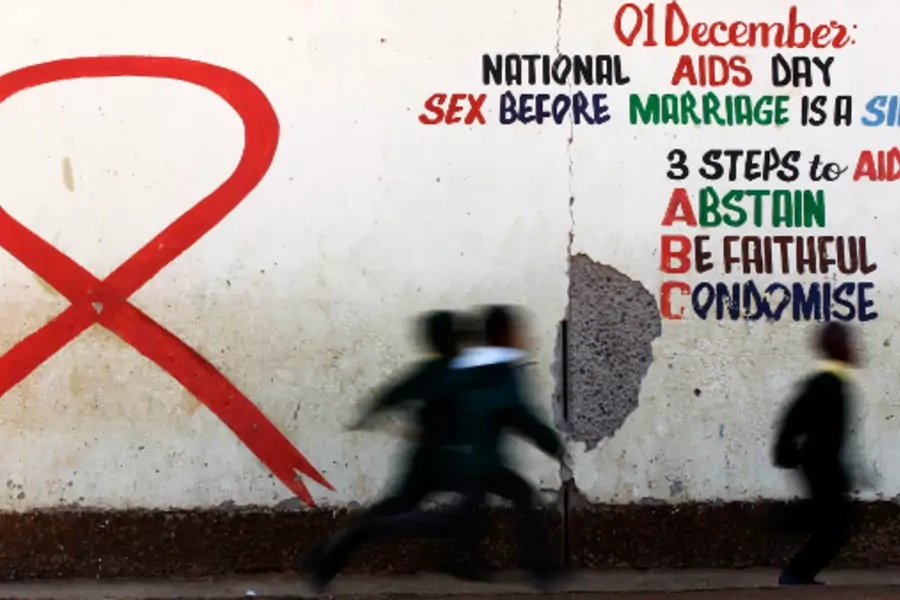More on:
The Human Sciences Research Council (HSRC) published the “South African National HIV Prevalence, Incidence, and Behaviour Survey, 2012” on April 1, 2014. It is the definitive survey of HIV/AIDS in South Africa to date, and is part of a series, with earlier surveys published in 2002, 2005, and 2009. The Survey is funded by, among others, the U.S. President’s Emergency Plan for AIDS Relief (PEPFAR) and the Bill and Melinda Gates Foundation.
It reports a good news/bad news story. The good news: over the past ten years, mother-to-child transmission of HIV/AIDS has declined from 70,000 babies per year to about 8,600 in 2012. There has been a decline in new infections among people in the demographic range of fifteen to twenty-four years of age. Blood samples indicate that about a third of those infected have received some antiretroviral treatment. The bad news is that 21.2 percent of South Africa’s population is infected, an increase of almost 2 percent since the 2008 survey. Condom use has fallen since 2008, down to less than 68 percent from 85 percent in 2008. And the age of sexual debut among young males has also dropped, from about 10 percent of boys before the age of fifteen to 16.7 percent.
The highest rates of infection are among women between thirty and thirty-four years old, and men aged between thirty-five and thirty-nine years old. The rate of infections among women between the ages of fifteen and twenty-four is over four times higher than young men of the same age range. There is also significant variation among the provinces in terms of prevalence. Kwa-Zulu-Natal province is the highest with a 16.9 percent prevalence rate, and the Western Cape has the lowest prevalence at 5 percent. There is also significant variation among racial groups; black Africans have an overall prevalence rate of 15 percent, while whites’ prevalence is 0.3 percent.
There is much food for thought in the report. How to account for the difference in prevalence rates among the provinces? KwaZulu-Natal has consistently had the highest numbers, since the disease first appeared. Why? Durban, the largest city in KwaZulu-Natal is a major port. But, so, too, is Cape Town, the capital of the Western Cape. Is there a relationship between the high prevalence rates among younger women and what some see as an epidemic of rape? The differences in prevalence rates between whites and blacks must owe much to the continued widespread poverty of the latter. It is intuitive that prevalence rates will be higher among the unmarried than among the married, and the Survey confirms that. As Kerry Cullinan points out, “only a quarter of African people of marriage able age were married while over 70 percent of whites were married.” For a range of reasons, it is difficult for the very poor in South Africa to marry.
HSRC head Professor Olive Shisana suggests that the higher HIV/AIDS prevalence rate reflects the growth in the number receiving anti-retrovirals. That seems to indicate that victims of the disease are living longer even while new infections continue. I find this credible.
More on:
 Online Store
Online Store
